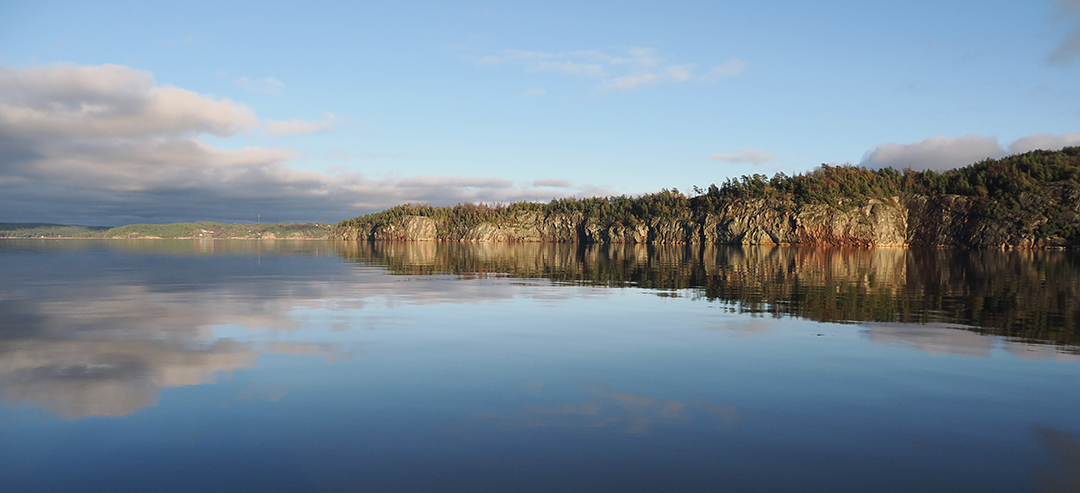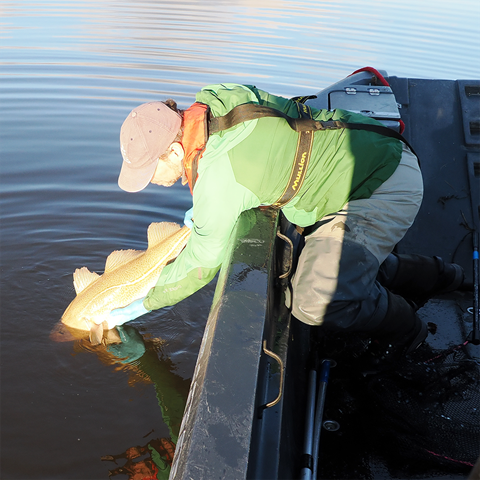The cod has a central role in the ocean's ecosystem. As a predatory fish, it is high up in the ocean's food chain, and if the cod disappears, it affects the ocean's entire food web. The cod stocks off Sweden's coasts are not doing well, and are quite small. There are many reasons why the cod is having a hard time, including high fishing pressure in the past, and destroyed or degraded habitats.
To help the cod, various management measures have been put in place, for example stricter fishing regulations, changing allowable fishing methods or gear, and restoring the cod's habitats. A further possible measure that has not yet been evaluated well is to release farmed cod.
- Stocking is a new approach to help the cod stock. Here, studies are needed to see how such a conservation method can work – where do the cod that are released go, and how do they do? What does their survival look like? We can get some answers by following the cod with the help of acoustic transmitters, says Daniel Palm, researcher at the Swedish University of Agricultural Sciences, SLU.
Following transmitter-equipped cod
For a couple of years now, Havets Hus has caught small cod locally, which they then let grow in a protected aquarium environment, and then release them into the sea. Now, for the first time, SLU researchers have placed acoustic transmitters in roughly 50 of these cod before they were released. The cods were between 30-50 centimeters in size when they were released. Via the transmitters, the researchers will gain knowledge about the survival, behavior and movement patterns of the fish and hope to be able to identify important habitats for cod on the coast. SLU has for a long time studied the planting of farmed fish, for example salmon and trout. However, studying planted cod is something completely new.
The fish were released in an old spawning area at the far end of the Gullmarsfjord, which is a marine protected area where the cod is protected from fishing. As long as the fish stay there, they are relatively well protected and the hope is that the fish grow up to be large cod and really contribute to restoring cod populations in the local marine environment.

Gullmarsfjorden. Photo: Roger Jansson, Havets Hus
- We know that cod from different stocks exhibit varying behaviour. Some stay closer to land and preferably shallow waters, the so-called "coastal cod", while "offshore cod" stay at greater depths and further out to sea. It will be very interesting to see if these aquarium-raised wild cod also show these differences, says SLU researcher Petter Lundberg.
In the summer of 2024, the researchers will have access to the first data series, and next autumn it will be time for a new release of transmitter-equipped aquarium-raised cod.
- The goal of the investigation is to evaluate whether releasing cod could function as a supplementary conservation measure to locally contribute to returning more cod to the sea, says Daniel.

